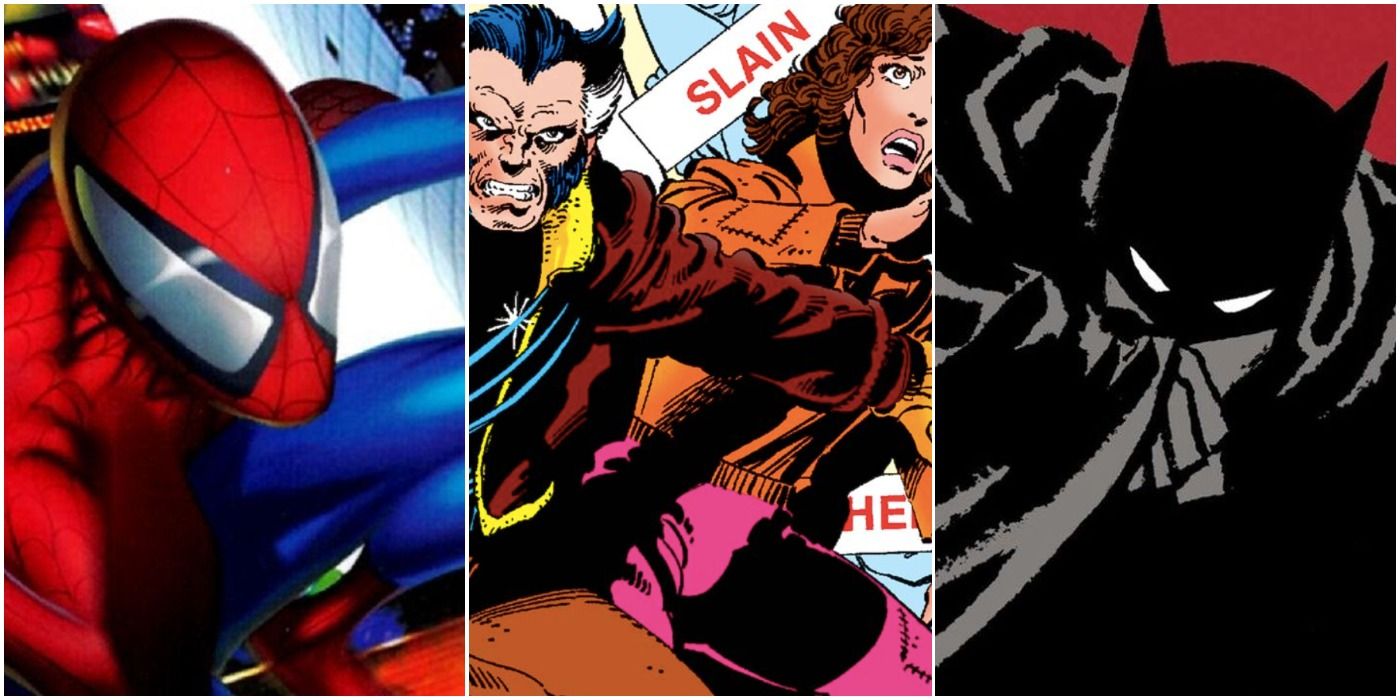
Ask any comic fans what story arcs they find noteworthy or impactful and they’re bound to mention a few undeniable classics. However, there are some arcs out there where the term “influential” isn’t enough to describe the impact they had on comic books at large. In some cases, these storylines introduced a new tradition or storytelling method to the medium; in others, they changed the way the whole comics industry operated, or even had real-world implications.
Just picking ten such story arcs would likely include some usual suspects, and perhaps even a few storylines whose effect on comics goes surprisingly overlooked.
10 Ultimate Spider-Man’s “Power And Responsibility” Modernized Comic Book Writing, Created The Ultimate Universe, And Made “Writing For The Trade” A Major Comic Book Trend
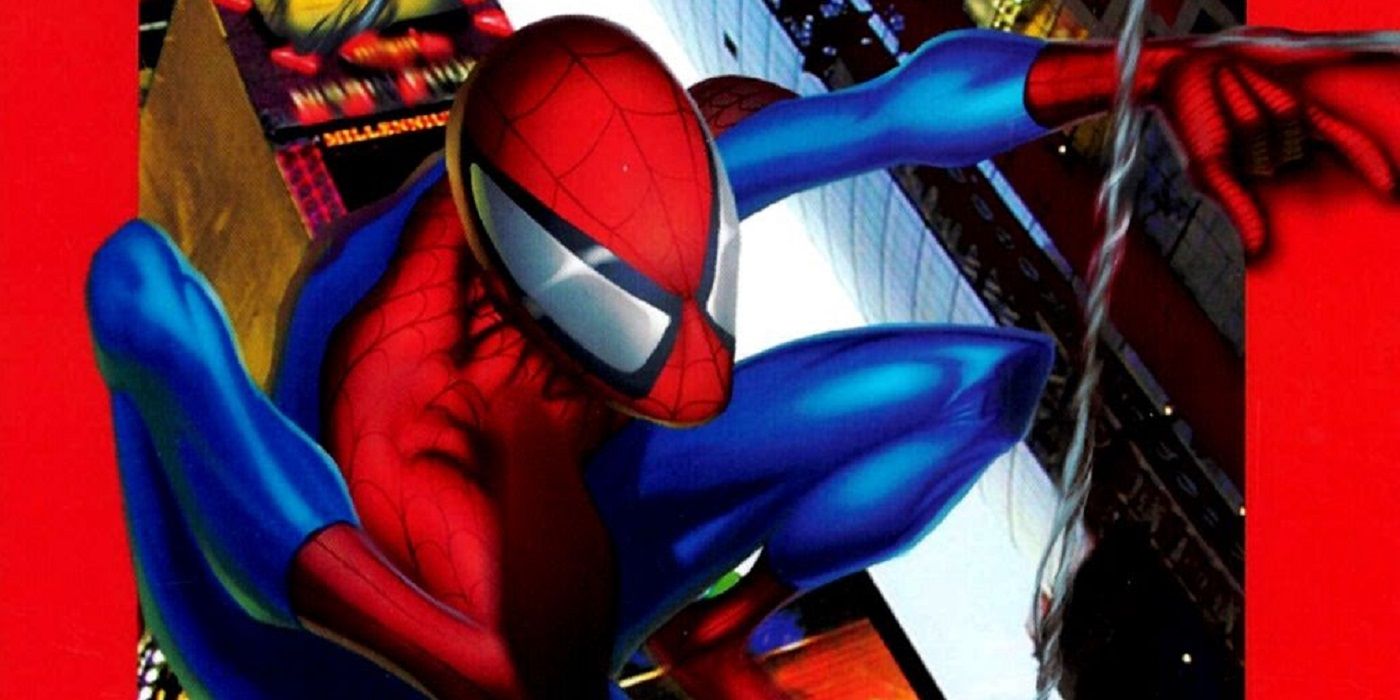
Brian Michael Bendis may have not deliberately written the first Ultimate Spider-Man (and Ultimate Universe) story arc with a collected edition in mind. Yet “Power and Responsibility” coincided with Marvel Comics’ concentrated push to collect storylines in trade paperback, hardcover, and other formats. At seven issues long, “Power and Responsibility” was an ideal length for collected editions, leading to “decompression”: a trend where comic storylines became roughly six or more issues long to compete with the bookstore market.
The storyline also popularized Bendis’ approach to pacing and, in particular, dialogue. It also arguably played a role in moving comics away from using thought balloons.
9 JLA's "New World Order" Inspired “Widescreen” Blockbuster Storytelling In Comics And Made Batman Nearly Invincible
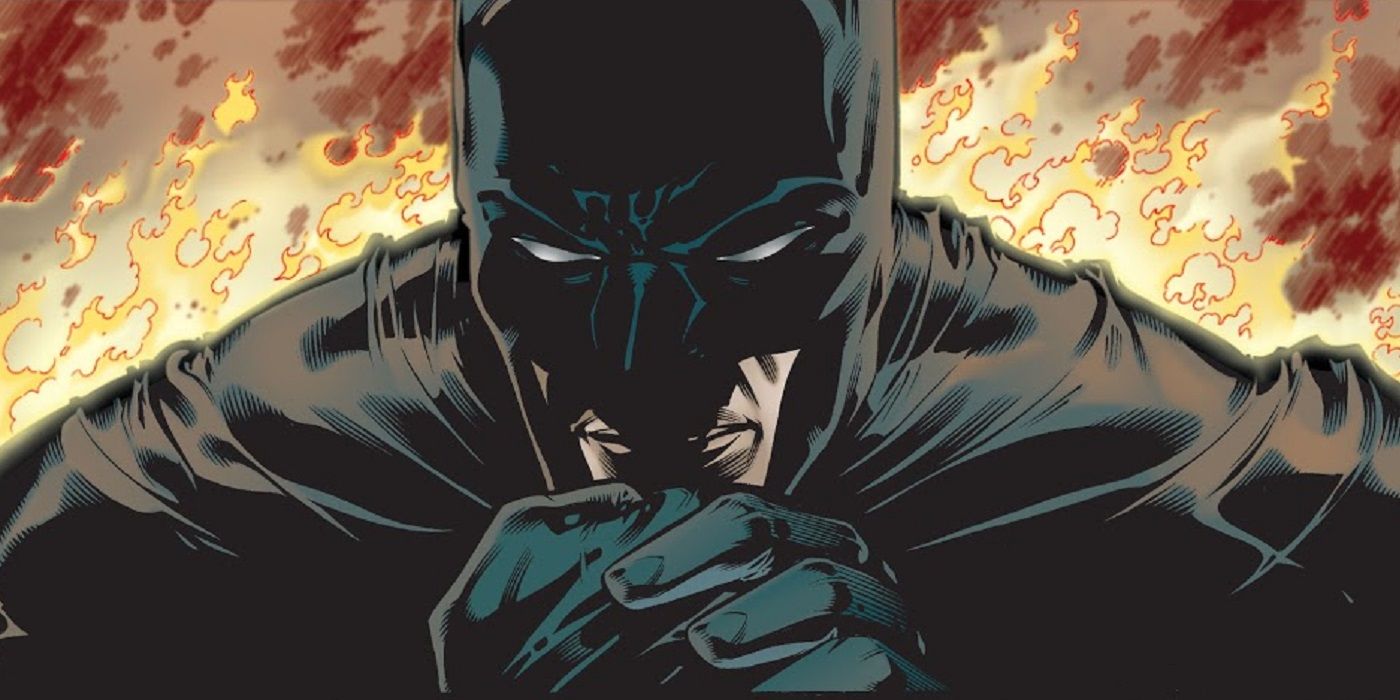
Grant Morrison and Howard Porter’s JLA may have brought the original Justice League back together (with Kyle Rayner and Wally West replacing Hal Jordan and Barry Allen), but it also introduced an entirely new way of telling their stories, taking all the energy from ‘90s blockbuster movies and infusing them into comic books. JLA’s unique approach to storytelling would evolve into “widescreen” comics, a style developed in series like The Authority and The Ultimates.
The “New World Order” storyline specifically also had a major effect on Batman, establishing him as borderline unbeatable due to his ability to plan ahead.
8 X-Men’s “The Brood Saga” Was The First X-Over
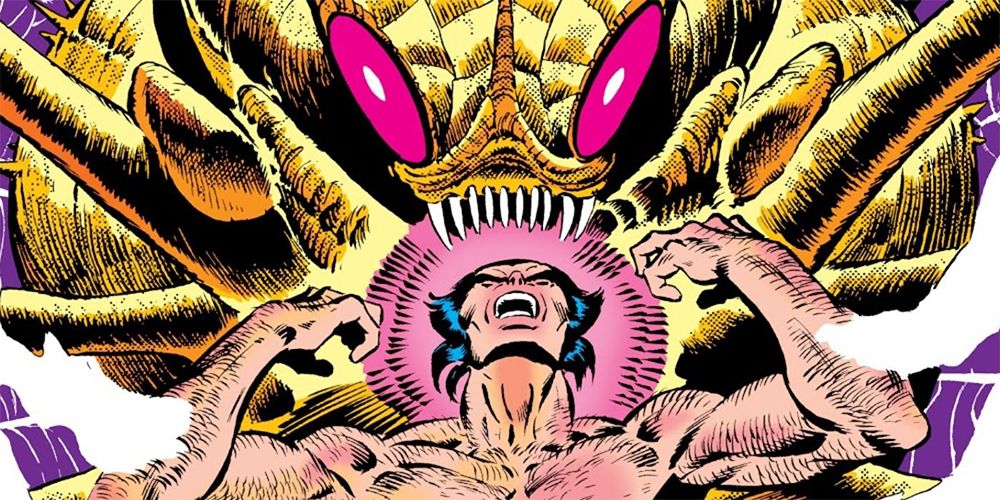
Longtime X-Men fans may be familiar with the term “X-Over,” which refers to a storyline that takes place specifically within several X-Men titles. While many cite “Mutant Massacre” as the first X-Over, technically the first X-Men story that ran through multiple X-Titles was “The Brood Saga.”
While the main story was told in Uncanny X-Men, the series’ first major spin-off, The New Mutants, saw its titular characters fight the mysterious Brood Queen. Eventually, it was revealed that the Brood Queen had possessed Professor X’s body and manipulated him into recruiting the New Mutants to serve as hosts for her children.
7 Crisis On Infinite Earths Set The Standard For Gigantic, Universe-Ending Crossovers And Reboots
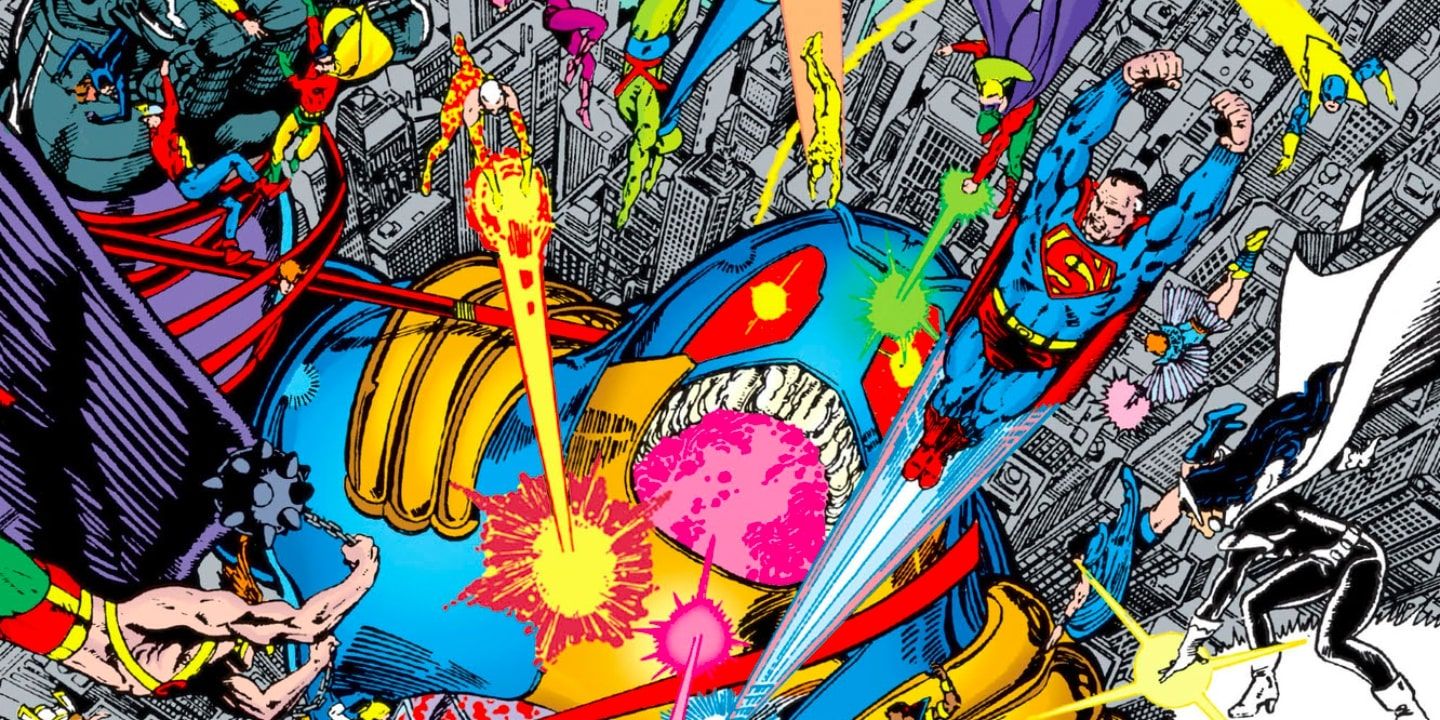
There had never been a crossover as sprawling as Crisis On Infinite Earths, which took place on every single Earth in DC's multiverse and featured characters from nearly every major era in the main DC Universe’s history. The series ended with DC’s first major reboot of its continuity, creating a status quo that lasted around two decades.
Crisis has spawned many multiverses and time-spanning sequels, including Infinite Crisis and Final Crisis, and even partly inspired Marvel Comics’ 2015 crossover Secret Wars. It also began DC’s now well-practiced tradition of rebooting its universe, as seen in the New 52 and DC Rebirth.
6 "Batman: Year One" Inspired Several Other “Year One“ Reimaginings
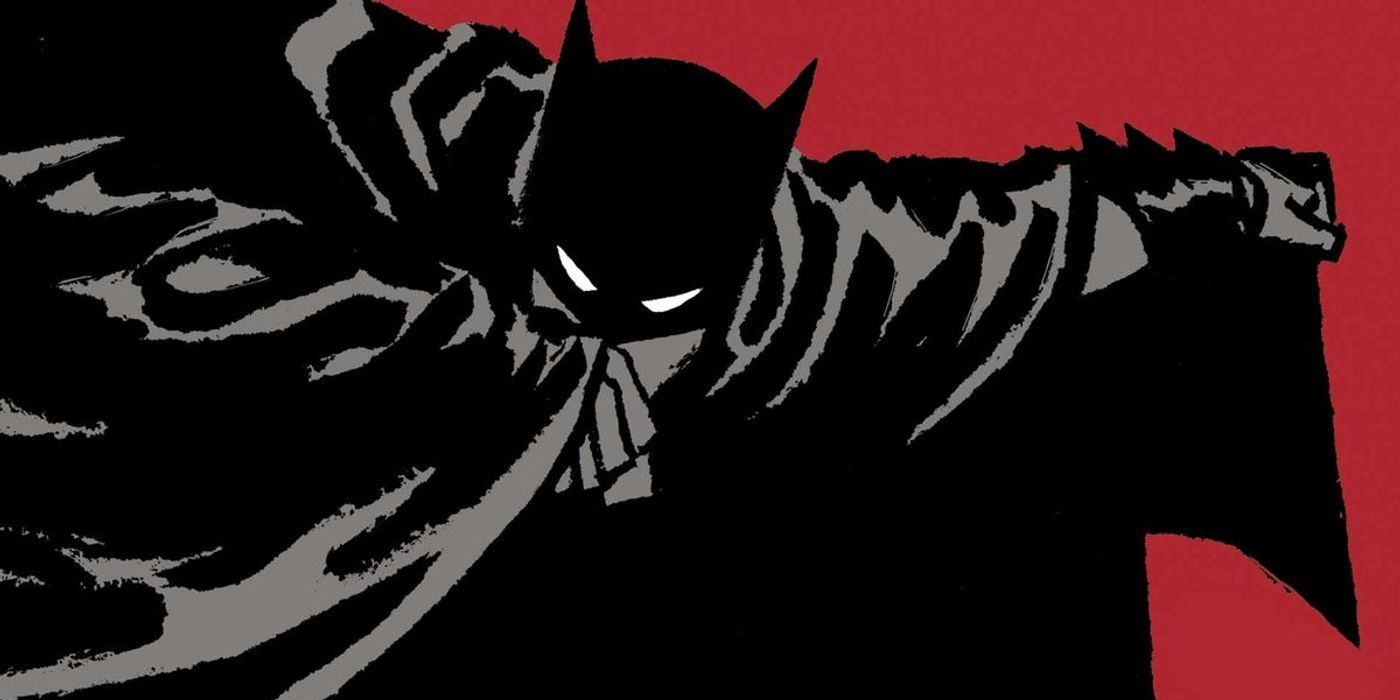
Unlike The Dark Knight Returns, which was told in its own miniseries, “Batman: Year One" was chronicled in the main Batman title, namely in issues #404 to #407. The story depicted a darker, more realistic take on Batman’s origin than seen previously; it also reimagined characters like James Gordon, Harvey Dent, and Selina Kyle, and made them integral players in Batman’s early days.
“Batman: Year One” greatly impacted the Bat-titles, but its influence extended even further. It established a new standard in retelling superhero origins, with characters like Green Arrow, Robin, Batgirl, and the JLA all receiving Year One series later on.
5 "Zatanna's Search" Was The First Crossover To Occur Across Multiple Titles
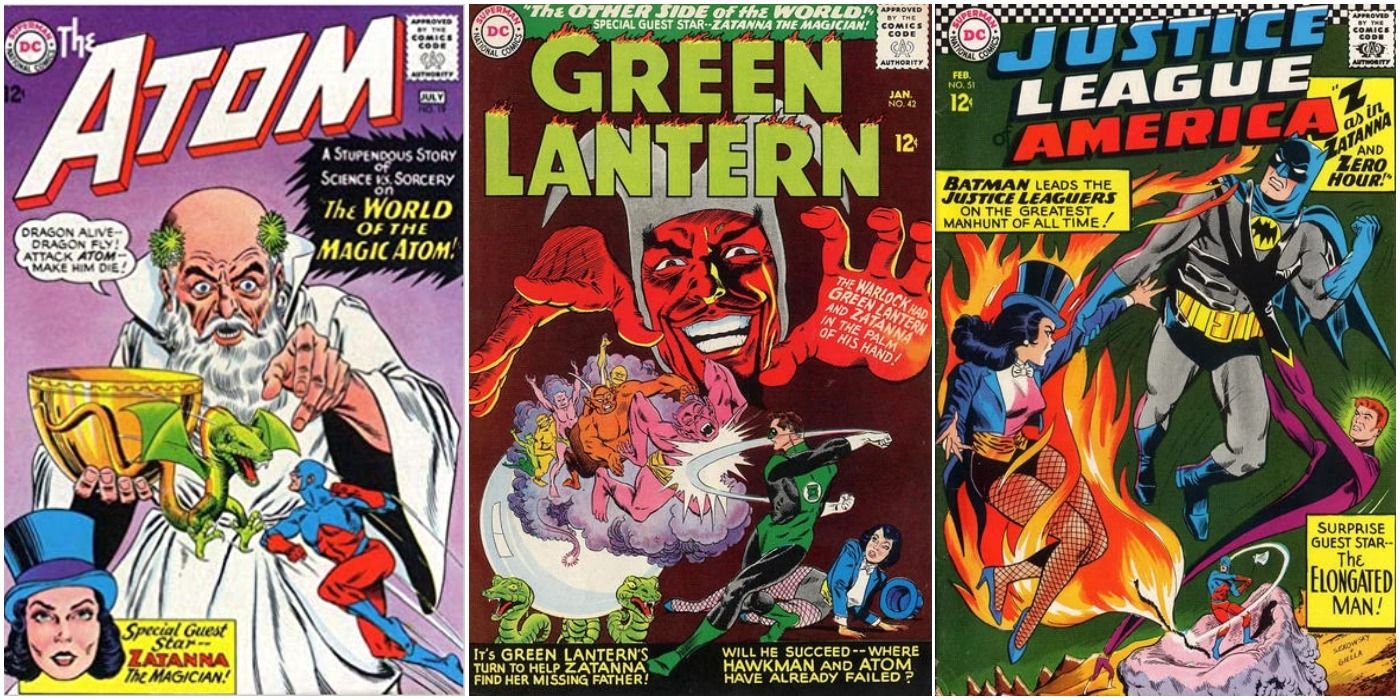
Modern-day comic fans are used to reading a crossover that spans different series. In the 1960s, however, that wasn’t so common. Enter Gardner Fox, who began a new tradition with “Zatanna’s Search,” a six-part story unfolding in the pages of The Atom, Detective Comics, Green Lantern, Hawkman, and Justice League of America. The story featured Zatanna’s debut, as well as her quest to track down and rescue her father Giovanni Zatara with help from various superheroes.
The story was notable for Zatanna’s introduction alone, but it also established a new way to tell story arcs in comics that remains incredibly popular.
4 "Days Of Future Past" Inspired Countless Imitators… And A Hit Movie
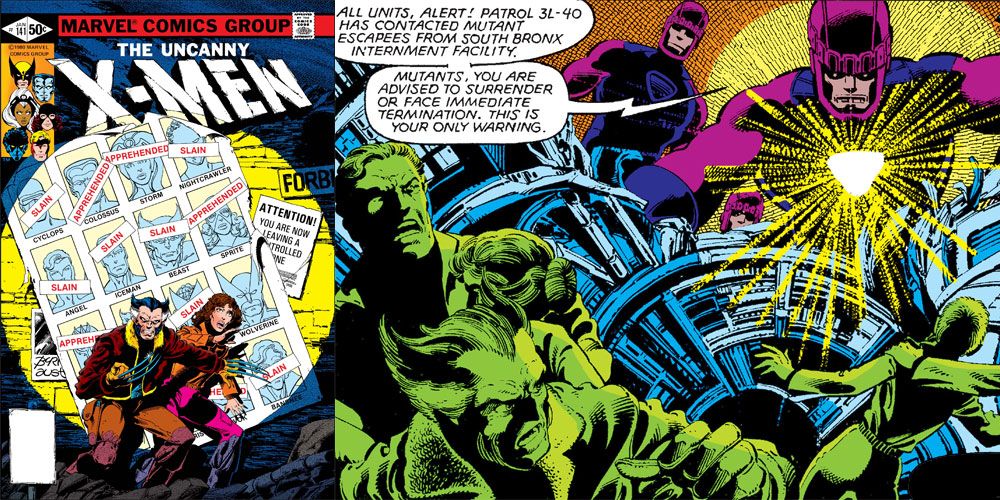
Chris Claremont and John Byrne didn’t create the dystopian future genre when they crafted “Days of Future Past” in the pages of Uncanny X-Men. However, their vision of a world where the X-Men lost and the Sentinels took over North America set a template countless stories have followed since, including later X-Men stories like “Age of Apocalypse” and “Here Comes Tomorrow.” It also introduced Rachel Summers, a major character in the X-Men mythos.
“Days of Future Past” was even adapted into a 2014 movie of the same name, becoming the highest-grossing X-Men movie before Deadpool and Deadpool 2 debuted.
3 Marvel Mystery Comics #8-10 Featured The First Crossover Ever... And Arguably Began The Marvel Universe
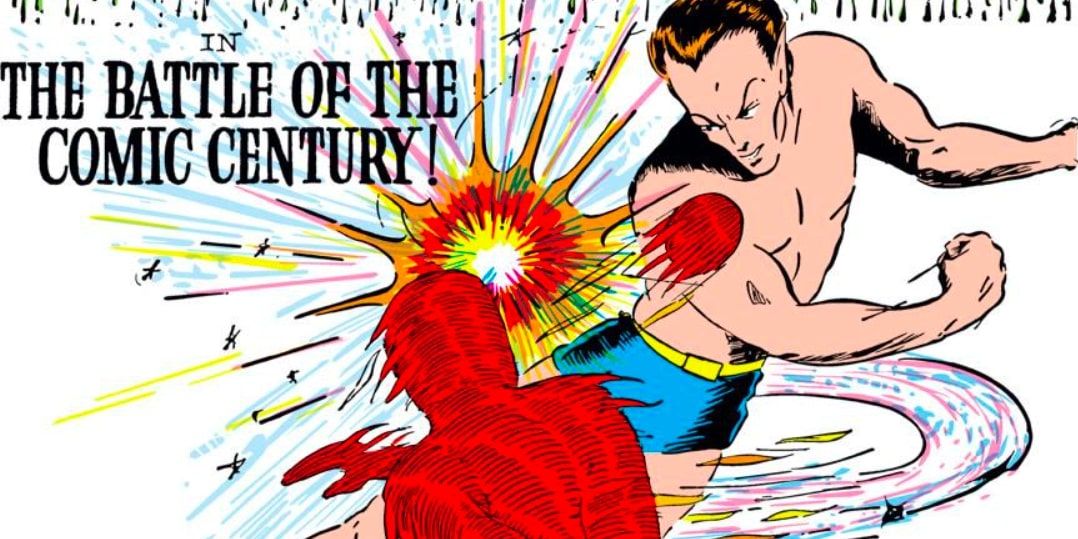
While “Zatanna’s Search” was the first crossover to take place over multiple comic series, Marvel Mystery Comics #8-10 was the first to feature a crossover period, albeit between two anthology features. The story arc kicked off in Namor the Sub-Mariner’s feature, where a titanic battle broke out between Namor and the original Human Torch, continuing just a few pages later in the Torch’s feature. #9 even combined the two features for a titanic 22-page installment, while #10 resolved the story in a single page. The arc essentially created the Marvel Universe, proving that certain Marvel heroes inhabited the same world.
2 “Green Goblin Reborn!” Dealt With Substance Abuse For The First Time In Major Superhero Comics… And Featured The First Issues To Not Use The Comics Code
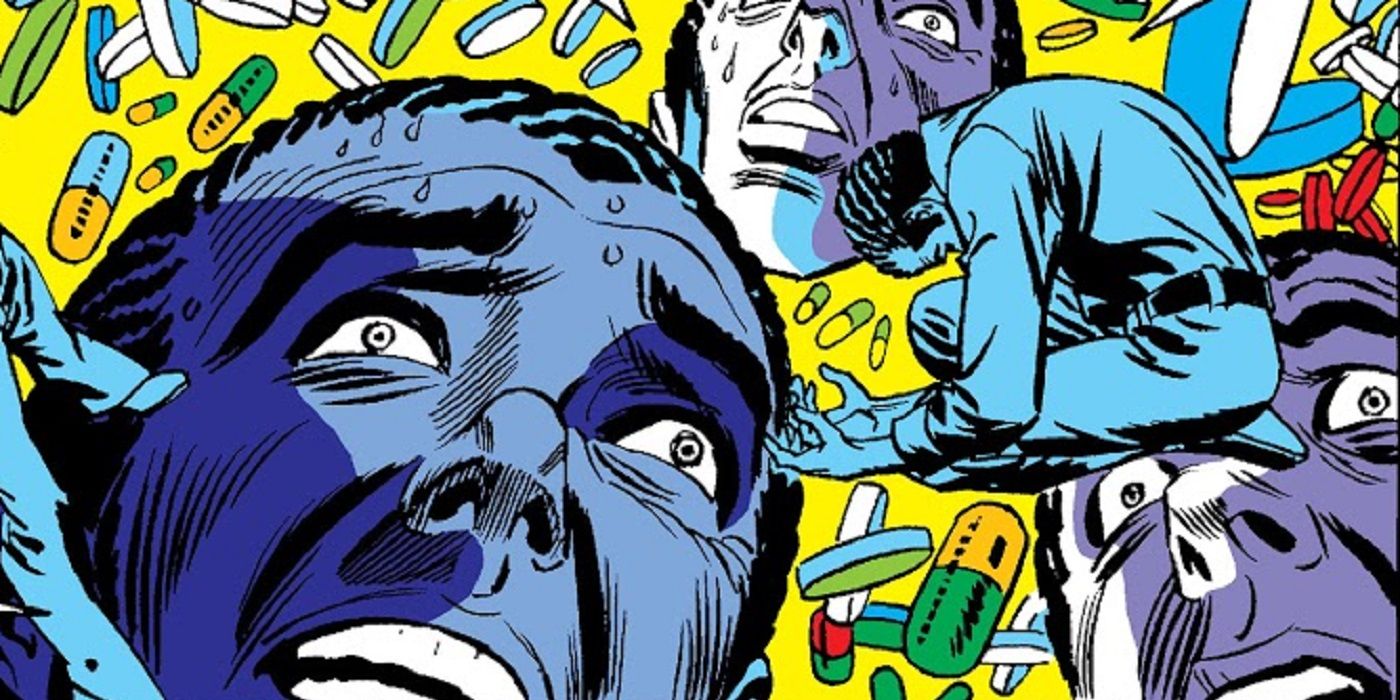
Stan Lee and Gil Kane made history in The Amazing Spider-Man #96-98, where Peter Parker not only had to deal with Norman Osborn becoming the Green Goblin again, but his own roommate (and Norman’s son) Harry’s addiction to pills—which a street dealer sought to exploit. The three-part storyline broke the Comics Code Authority’s rule forbidding depictions of drugs and substance abuse in stories, leading Lee to simply publish the three issues without the Code’s seal.
The story’s sales and acclaim actually led to the Code being rewritten to allow stories depicting drug use, and likely inspired Marvel to abandon the Code entirely in 2001.
1 “The Black Panther!” Introduced Marvel’s First Black Hero And Inspired A Culturally Significant Movie
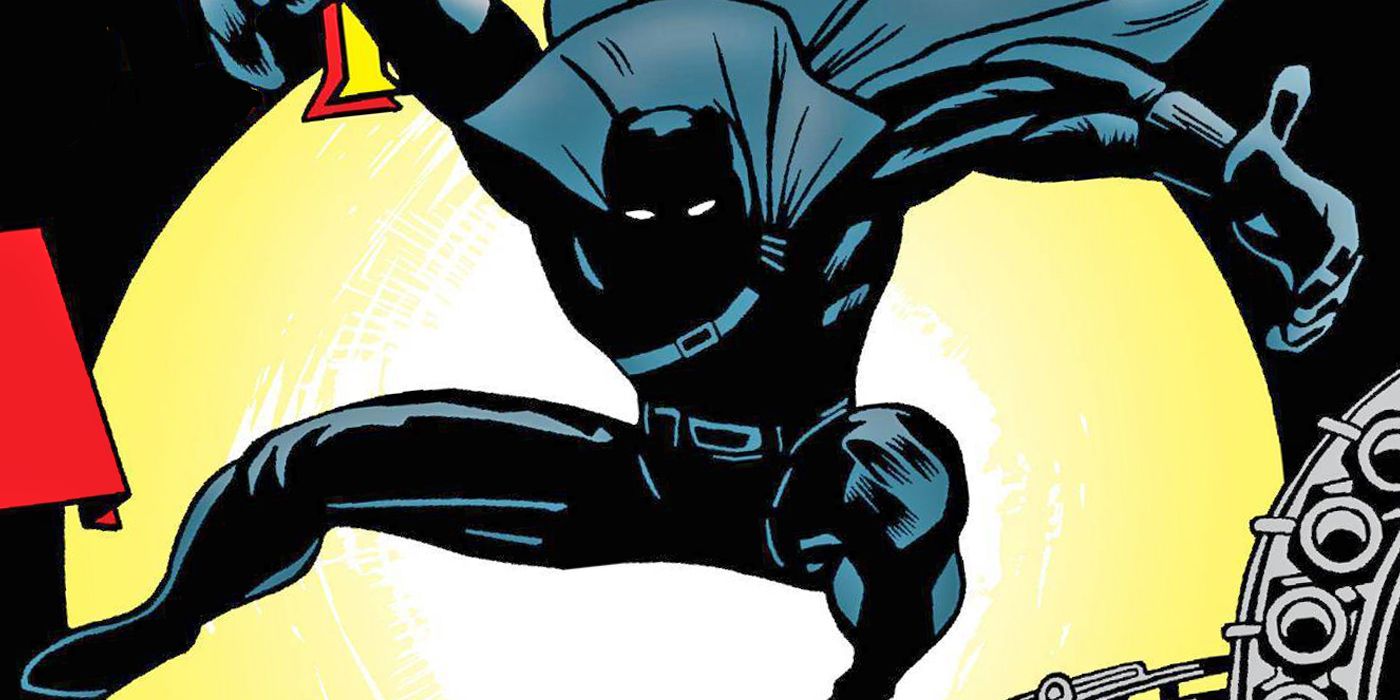
While “The Black Panther!” really just refers to Fantastic Four #52 by Stan Lee, Jack Kirby, and Joe Sinnott, the Fantastic Four’s three-issue stay in Wakanda can technically be considered an arc, despite each issue being fairly self-contained. Black Panther immediately made an impact, besting the Fantastic Four singlehandedly before Wyatt Wingfoot intervened. #53 revealed T'Challa's origin and introduced his first major foe, Klaw.
Fantastic Four #52-54 heavily influenced 2018’s Black Panther movie, directed by Ryan Coogler and starring Chadwick Boseman. The award-winning movie received many accolades, including for its story and for casting Black actors in empowering roles.
0 Comments